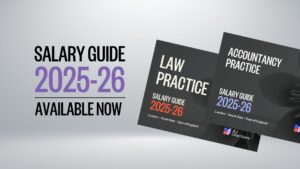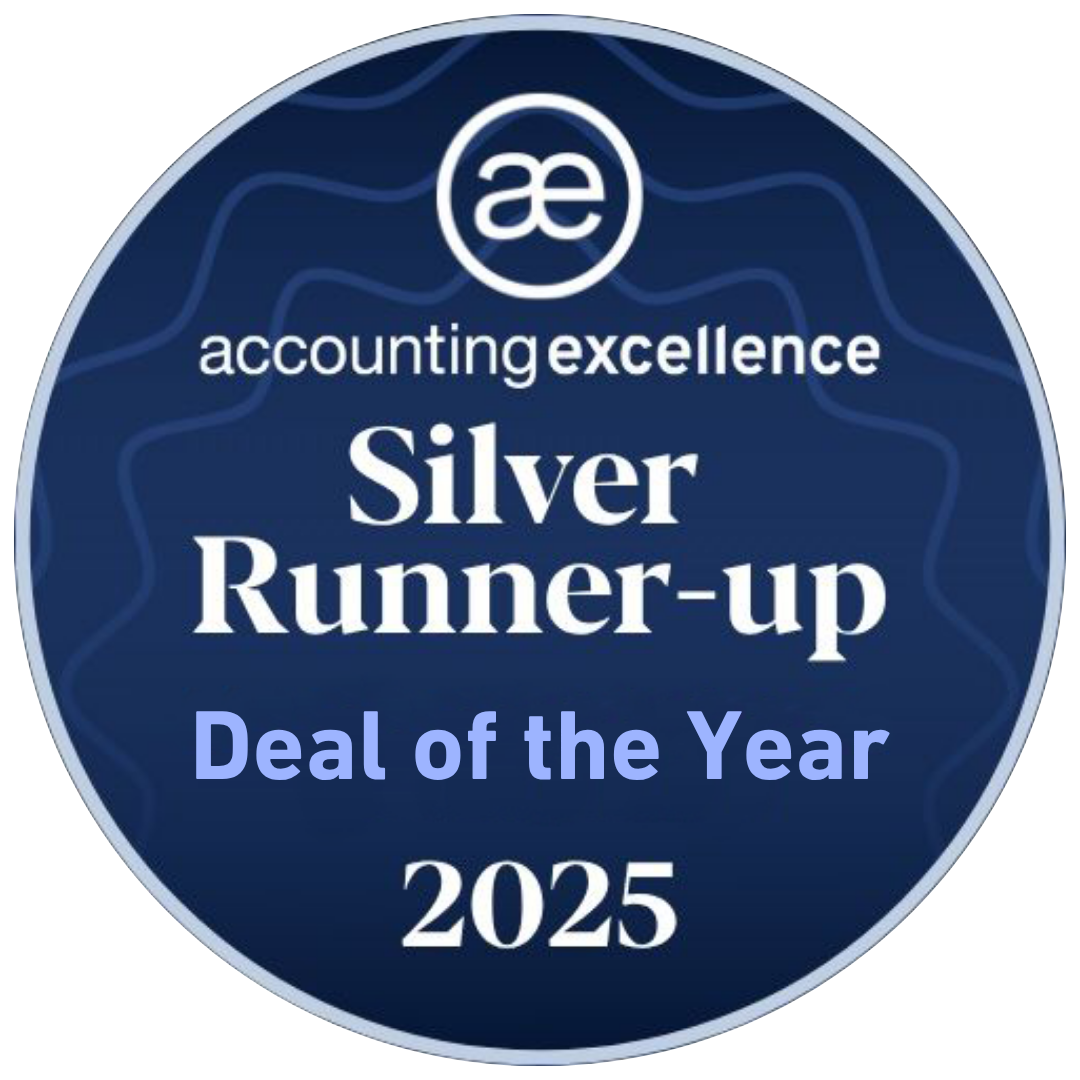When involved in M&A transactions, especially including Private Equity, there is a whole new world of words to adjust to.
James Gosling gives his personal explanation of a selection of these unusual phrases, abbreviations and acronyms which are used every day. A brief guide to solving the M&A jargon.
Adjusted EBITDA
When you start talking to potential PE or acquiring firms, you will furnish your historical and projected numbers. Any acquirer will look to work out what your “real” EBITDA is. This would be the figure that they will use in their financial models to work out the valuation of your business.
They will look to remove unusual or non-recurring items, whether positive or negative. A pertinent point here is owner salaries- therefore, if you are not paying yourself very much salary wise, they will adjust your salary to a normal market level which will produce a lower Adjusted EBITDA. If the business has incurred some one-off costs or one-off cost-savings, they will adjust for them- in addition to any cost savings the acquirer may perceive from merging or acquiring.
An example could be that your EBITDA for the previous year was £1.5 million, however, within that year you paid out £150,000 as a one-off payment to install new technology and equipment across the business. You can reasonably claim that was a one-off, non-recurring, exceptional item so your adjusted EBITDA for last year would become £1.65 million.
Adjustments to your EBITDA can increase or decrease – some of the inclusions or exclusions in the adjusted EBITDA will be open to some interpretation and agreement between all parties.
Capital Expenditure (Capex)
This is money that you spend on physical or tangible things like IT hardware or office fixtures and fittings that depreciate over several years.
Knowing what is and is not reasonably looked upon as Capex is important.
Capital Structure
This is a phrase used a lot with PE or other investment vehicles involved. Once your transaction has completed, the business will end up with a Capital Structure. This is an ordered list of who gets paid first when cash is available- usually within a PE deal at the next capital event.
The order of the list, called ranking, reflects the risk level the person is taking in your business. The risk level is connected to their return. Those at the top of the list (highest ranking) get paid first. Therefore have the lowest risk, which normally translates into the lowest return.
Bank debt in these scenarios ranks at the top. Investor loan notes normally rank second, and they will have a higher interest rate than that of Bank debt – with management rollover loan notes next in line.
Below all of the loans sit shareholder equity. This means the loans and all of their interest are satisfied first before the shareholder’s equity gets value.
Due Diligence
Due diligence is the process by which a an acquirer or investor “deep dives” to assess a potential investment’s viability and the accuracy and completeness of the information provided.
In truth, much of the heavy diligence is done by the PE firm themselves as their work in deciding whether or not they should invest in you. Then, when you’ve accepted an offer in principle, you’ll go into an exclusivity period.
There are several areas of due diligence:
Financial Diligence:
A report written by accountants on the financial aspects of your business. The accountants will analyse your past accounts, your projections and assumptions; whilst also analysing credit control, debtor and creditor books, along with any potential income concentration or reliance. In addition checks will be made to ensure you have paid your taxes and produce a financial model of the business that will show sensitivities and a range of outcomes.
Commercial Diligence:
This is a report written by management consultants on the commercial aspects of your business. They will analyse and explain your market, your position in it, the size of it, its growth, your customers and your product/service offerings.
In some circumstances they will normally interview/survey a selection of customers/clients and form a view of why customers/clients use your company, how sensitive they are to pricing changes, how much they like your business and service/product, and whether any big customers are thinking of leaving.
They will also look at key suppliers and see if there are any risks or concentrations there..
Competitor analysis will also be undertaken for comparisons on price, service and USP to name a few areas.
CDD (Commercial Due Diligence) is very interesting and can be genuinely useful for a management team. Most leadership teams find the customer/client survey part of CDD the most interesting and insightful. It is a simple exercise, but very few businesses get round to doing in the normal course of business. It can sometimes reveal surprises, or help shape decisions.
Legal Diligence
This usually crosses over into other DD areas, but with a deeper more focused ‘eye’. Legal due diligence primary agenda is to assess the potential risks on an acquisition or investment opportunity, by looking at the liabilities and obligations of the target company.
The scope of the LDD differs from transaction to transaction dependent on the size of the business, type of business and background to the transaction discussions. A few typical areas include; corporate governance, commercial contracts, employment contracts, intellectual property, regulatory compliance (if applicable), health and safety, insurances etc.
EBITDA
EBITDA stands for Earnings Before Interest, Tax, Depreciation and Amortisation.
It’s the key profit metric that acquirers or PE firms are interested in, and it’s the profit line that is used as the baseline metric for valuation multiples.
The reason that acquirers or PE firms do not pay attention to depreciation is because it is essentially just an accounting number spreading the capex over time. The key is day 1 spend on Capex as that is when it affects cash flow. In my experience, PE houses generally avoid businesses that are Capex-heavy. Cash is King!
Exclusivity Period
The exclusivity period in a sale process is when both parties agree to commit time. And show their intention, usually tied into the signing of a Heads of Terms, or Term Sheet. By it’s very nature, the end date of the exclusivity agreement helps focus minds. And set a ‘completion date’ for the transaction.
If a deal fails to transpire by the end of exclusivity agreement, usually if discussions or process is still positive and extension will be agreed. However, if either party is wishing to pull out of the deal- then post the elapsing of the exclusivity period you will be free to speak with other parties again.
General Partner (GP)
PE house centric term- this is simply another name for the PE house. The principals of the PE firm may refer to themselves as the General Partners on documentation.
Investment Committee (IC)
Again, another PE house related term. The Investment Committee is a group of Senior Partners, and sometimes Non-Executives, that ultimately decide on whether to make the acquisition.
The Investment Director on any particular transaction will represent the opportunity to the IC. Then write investment papers explaining the investment opportunity. And answer any questions or challenges posed by the IC.
Investment Memorandum (IM)
A document written by you and your advisor/s that explains and presents your business. And the opportunity to potential acquirers or investors.
An IM will normally include a description of the business and your history. Your products/services, market, clients/customers, competitors, leadership team, risks and opportunities.
On occasion an IM is called a CIM which just means Confidential Investment Memorandum. Not that all IM’s are usually treated confidentially anyway!
Limited Partner (LP)
We spoke about General Partner’s earlier. Limited Partners’ the individuals and companies who invested in the PE fund that your business would be purchase by. They are often pension funds, teachers pension plans, university endowments, charitable foundations or even large family offices. LP’s are keen investors and will most likely invest in several PE funds, in several different PE Houses.
Loan Note
A Loan Note is simply a ‘note of a loan’. There are two key things in relation to a loan note. The capital amount owed and the interest rate, sometimes called the “ticket”.
Management Rollover
Management rollover, or “rolled amount” is the sale consideration that you roll over into the new (post-deal) company structure
Many acquirers or investors would look for some form of ‘roll’. Usually at least 10% to ensure continued commitment and incentive to drive the business on post any deal. Ensuring all parties interests are aligned.
Mezzanine Finance
This is debt that sits between bank debt and investor debt.
Mezzanine Finance is riskier than bank debt and, therefore, more expensive interest and arrangement wise. But should be less expensive than investor debt.
Prior Ranking
Prior Ranking is a term connected with capital structure. It is used to show the order of priority creditors or debt. If a debt provider ranks higher, they get paid first when compared toothers lower down.
Secondary Buyout
This term is also know as ‘the flip’, which is essentially when a PE-backed business is then sold to another PE firm.
Which is when if you had rolled some of your consideration you will see another capital event as a shareholder.
Senior Debt
This is any money that is borrowed that ranks (in terms of who gets paid back first) senior to the investor. Typically this would be any Bank debt.
Bank debt normally ranks ahead of any other debt or loans, so it is paid back first when you sell or refinance. Bank debt is low risk, low return which is why it has to be paid back first before anyone else gets their money.
Sweet Equity
Sweet equity is again a PE focused term. It is an amount of shares that the investor has allocated for management. It is called sweet because it is very cheap. In fact, it is normally allocated early enough in your deal cycle that it is free of charge.
PE firms allocate sweet equity because they see it as a key way to incentivise the management team. And align interests. If the management team owns equity in the business like the PE house does, then the management team is incentivised to grow the value of all of the equity.
Sweet equity is valuable and is a key part of most deals, especially for future succession planning. It is common for sweet equity to be allocated to the executive and leadership team. Which will always include the CEO, CFO and other key individuals within the leadership team. This means there is room for the next generation to come through into equity.
Trade Sale or Trade Deal
When you sell your business to another business, sometimes a competitor rather than an entity like a PE House or Investment vehicle.
If you would like to discuss anything M&A-related, or your plans for succession, investment or acquisition, please contact Our Head of M&A, James Gosling: james.gosling@aj-chambers.com.
Our latest insights
Helpful External Resources:
Accountancy: ICAEW | Accountancy Age | Accounting Web
Law: Law Society | Law Gazette | Legal Futures










 AJ Chambers Recruitment Ltd,
AJ Chambers Recruitment Ltd,